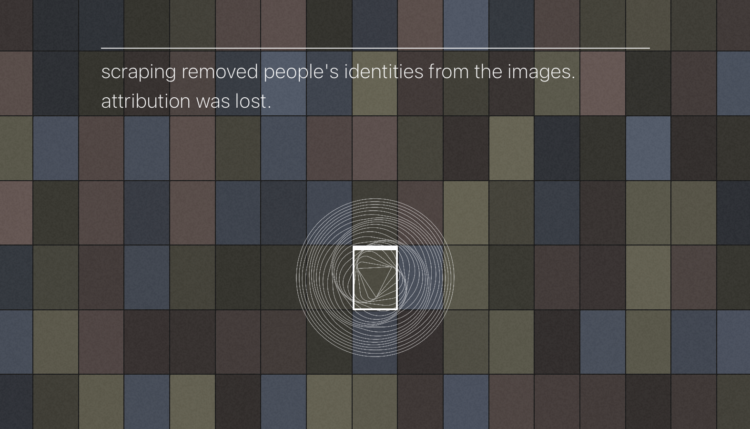It continues to get easier to take someone’s face and put that person in compromising situations. For The Markup, Mariel Padilla reports on states trying to catch up with the fast-developing technology.
Carrie Goldberg, a lawyer who has been representing victims of nonconsensual porn—commonly referred to as revenge porn—for more than a decade, said she only started hearing from victims of computer-generated images more recently.
“My firm has been seeing victims of deepfakes for probably about five years now, and it’s mostly been celebrities,” Goldberg said. “Now, it’s becoming children doing it to children to be mean. It’s probably really underreported because victims might not know that there’s legal recourse, and it’s not entirely clear in all cases whether there is.”
The internet is going to get very weird and very confusing, especially for those who can’t fathom how a photo, a video, or audio could be fake when it seems so real. Scammers’ imaginations must be running wild these days.
Tags: AI, ethics, porn, The Markup
